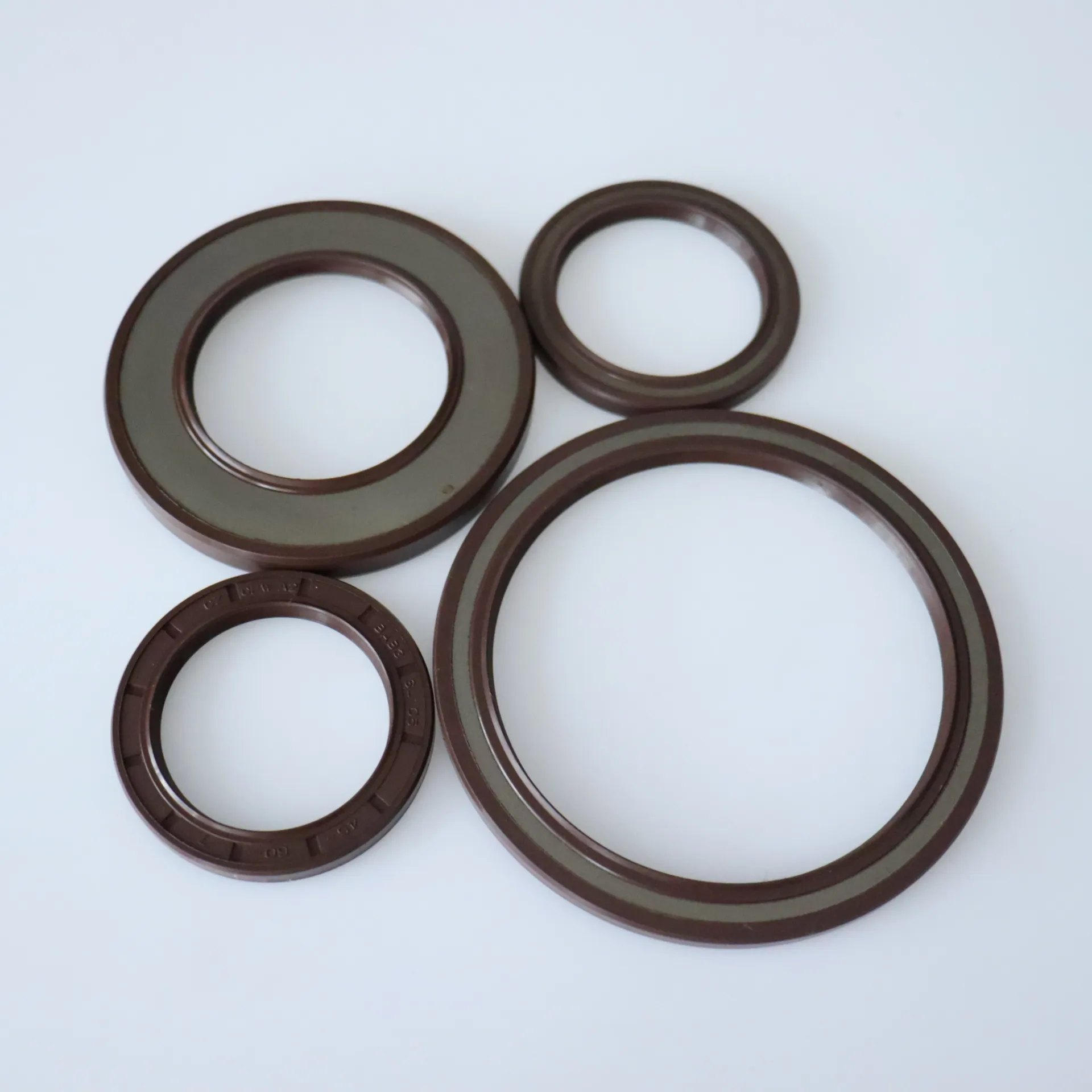Septemba . 13, 2024 13:17 Back to list
dust seal
Understanding Dust Seals Importance and Applications
In various industries, equipment and machinery are often exposed to harsh environments where dust, dirt, and debris can cause significant damage. To mitigate these risks, one of the most effective solutions employed is the dust seal. A dust seal is a type of protective barrier designed to prevent the ingress of particulate matter into sensitive components of machinery, ensuring optimal performance and longevity.
Dust seals are commonly made from materials such as rubber, silicone, or specialized polymers that provide durability and flexibility. These materials are chosen for their ability to withstand not only dust but also extreme temperatures and chemicals, depending on the application. The design of a dust seal varies based on its intended use, with options ranging from simple O-rings to sophisticated labyrinth seals that provide multiple barriers against contaminants.
The importance of dust seals cannot be overstated. In machinery such as motors, bearings, and hydraulics, even a small amount of dust can lead to increased wear and tear, leading to costly repairs or replacements. By implementing effective dust sealing solutions, companies can enhance the reliability of their equipment while minimizing downtime and maintenance costs. For instance, in the automotive industry, dust seals are critical in ensuring that wheel bearings remain protected from road debris, which can significantly affect vehicle performance and safety.
dust seal

Furthermore, dust seals play a crucial role in the pharmaceutical and food processing industries, where hygiene is paramount. In these sectors, dust seals help maintain clean environments by preventing contaminants from entering critical areas. The integrity of products is ensured through rigorous standards and regulations, wherein dust seals contribute to overall safety and quality assurance.
In addition to their protective capabilities, dust seals can also help improve energy efficiency. By preventing the escape of air and other gases, they can minimize energy losses in systems such as HVAC, leading to lower operational costs. This aspect is particularly important in today’s economy, where energy efficiency is a key factor in both sustainability and profitability.
When selecting a dust seal, it is essential to consider factors such as operating environment, temperature range, and specific application requirements. Proper installation is also critical, as even the best dust seal will fail if not placed correctly.
In conclusion, dust seals are an indispensable component in many mechanical systems. Their ability to protect against contaminants not only extends the life of machinery but also enhances operational efficiency. As technology continues to advance, the development of more effective and adaptable dust sealing solutions will remain a priority for industries aiming to safeguard their investments and maintain high standards of performance.
-
TCN Oil Seal Metal Ring Reinforcement for Heavy Machinery
NewsJul.25,2025
-
Rotary Lip Seal Spring-Loaded Design for High-Speed Applications
NewsJul.25,2025
-
Hydraulic Cylinder Seals Polyurethane Material for High-Impact Jobs
NewsJul.25,2025
-
High Pressure Oil Seal Polyurethane Coating Wear Resistance
NewsJul.25,2025
-
Dust Proof Seal Double Lip Design for Construction Equipment
NewsJul.25,2025
-
Hub Seal Polyurethane Wear Resistance in Agricultural Vehicles
NewsJul.25,2025
-
The Trans-formative Journey of Wheel Hub Oil Seals
NewsJun.06,2025
Products categories
















